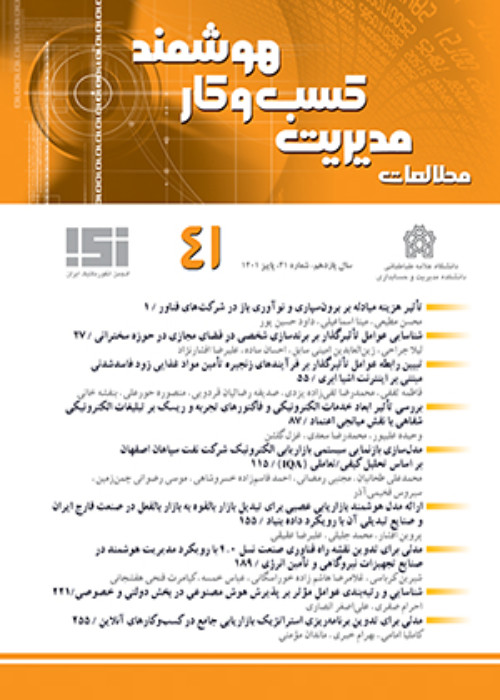Scenarios for intelligent control and monitoring of vehicles using the Internet of Things
Smart transport is an indispensable necessity in today's smart cities. In this thesis, six scenarios were implemented based on intelligent transportation. In the first scenario, the speed control process was implemented. In the second and third scenarios, the process of traffic planning was even and odd. In the fourth scenario, the vehicle relief system was implemented. In the fifth scenario, an emergency relief system was implemented. In the sixth scenario, the message was executed at the time of the car theft.
The message delivery process has been fully implemented in the smart city area so that all vehicles in the smart transport process receive the message. An access point is called an access point whose task is to send a message. Given that the number of messages sent to the network decreases, there are two advantages to the low cost of sending messages as well as full coverage. So instead of sending the message directly to each car individually, the messages are sent to the roadside equipment and then sent to the vehicles passing the road through the roadside equipment. This roadside equipment is called fixed nodes. Certainly, sending messages to all these fixed nodes is not optimal and has two major drawbacks. The first disadvantage is that a car may cross several fixed target nodes and receive all of these fixed target nodes of the message. Also the second problem is that the number of messages received creates terrible statistics and imposes a computational overhead. So the solution to this problem is to select some of these fixed nodes as the target constant node. Only send the message to fixed target nodes and send it to the cars passing by. The first challenge of this thesis is the selection of these target constant nodes, which is implemented using the fuzzy ranked idealized programming algorithm. After solving the first challenge due to the communication board problem in the car network, the challenge of routing the message from the access point to the fixed node is raised. The solution to this challenge is computed using the Dijkstra algorithm and compared with the eTGMD algorithm in terms of message delivery rate, delivery delay, number of packets used, and number of fixed target nodes. The results of the proposed algorithm show a good and optimal improvement over the eTGMD algorithm.
- حق عضویت دریافتی صرف حمایت از نشریات عضو و نگهداری، تکمیل و توسعه مگیران میشود.
- پرداخت حق اشتراک و دانلود مقالات اجازه بازنشر آن در سایر رسانههای چاپی و دیجیتال را به کاربر نمیدهد.


